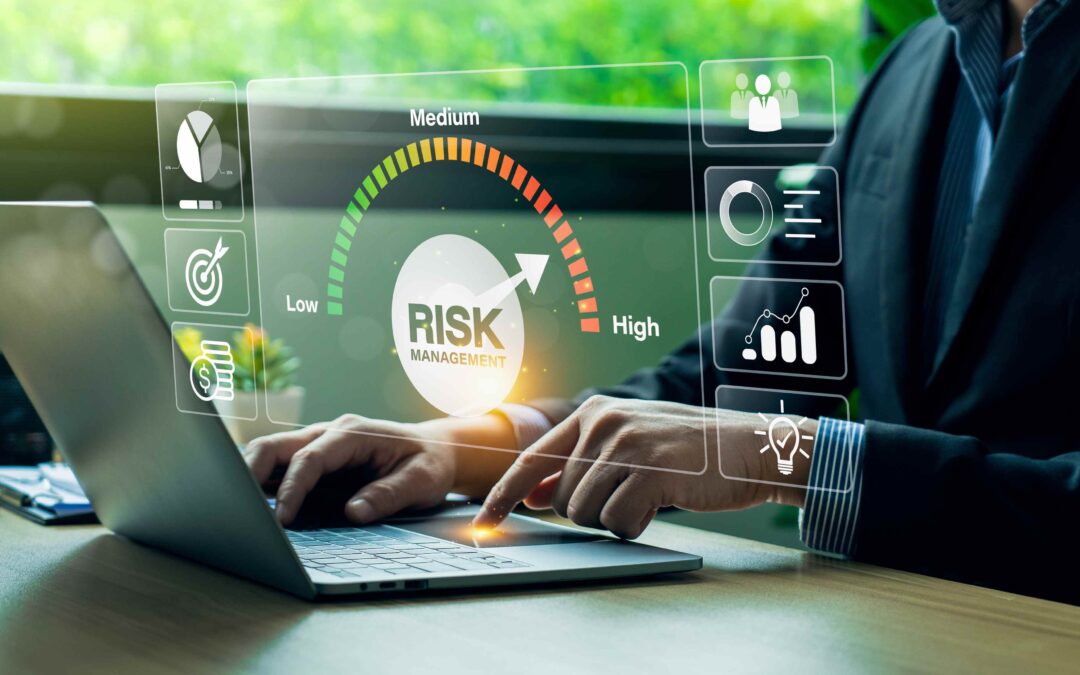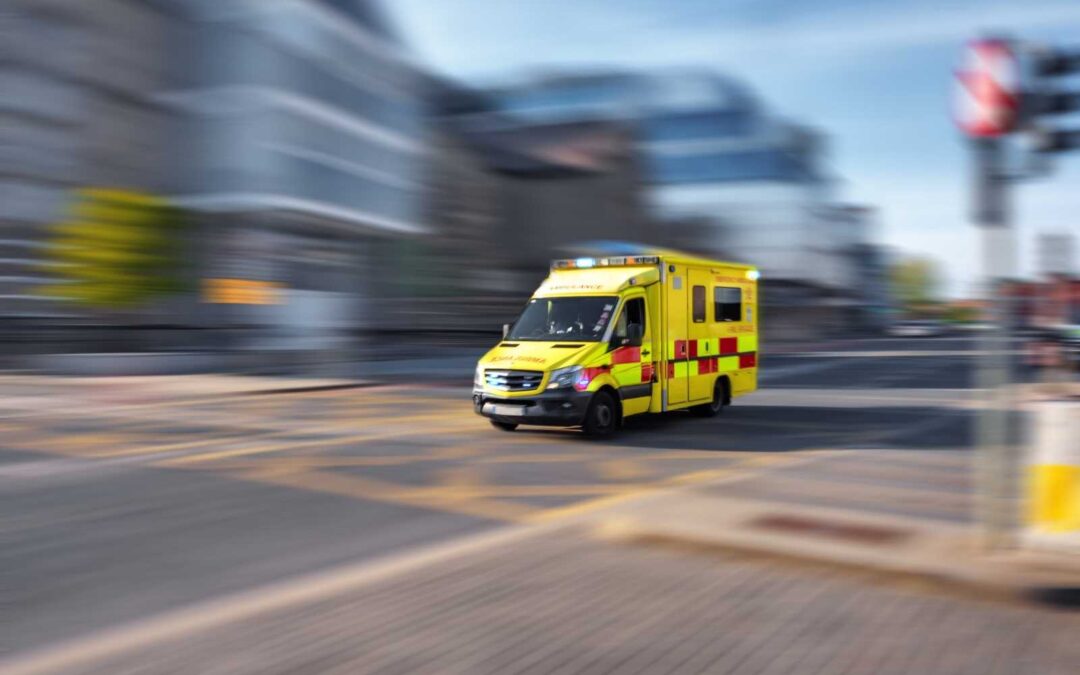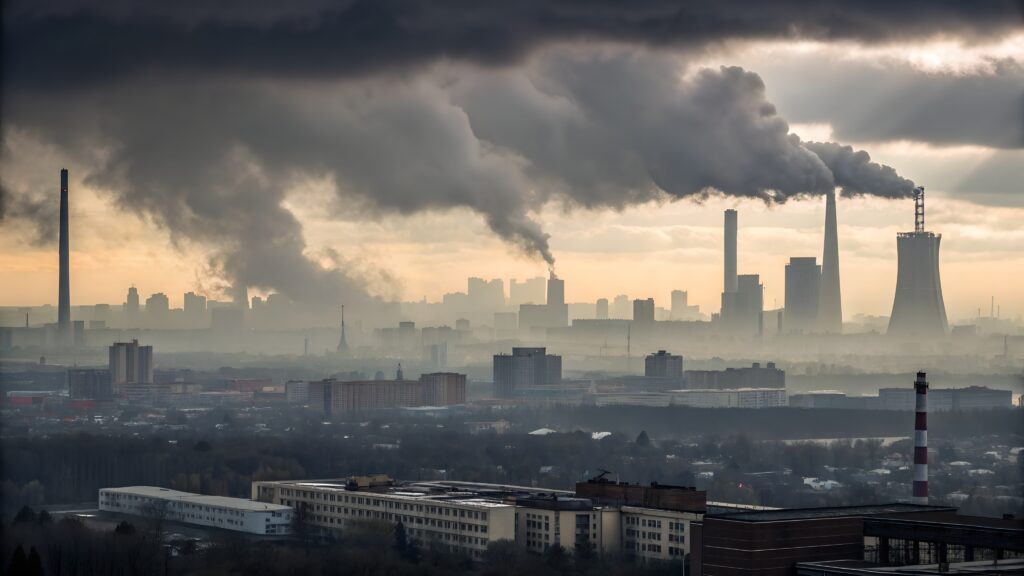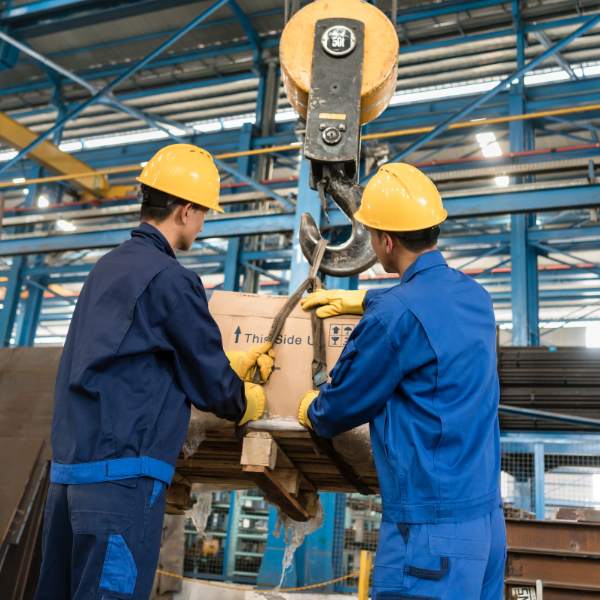Why the EPA’s 2025 Air Quality Report is a Wake-Up Call for Irish Businesses
What You Really Need to Know
Introduction
As we move through the latter half of 2025, a stark warning from Ireland’s Environmental Protection Agency (EPA) has brought a critical, often invisible, workplace issue into sharp focus. The agency’s latest findings on air quality are clear: we are not doing enough to protect clean air across our towns, villages, and cities. While we might associate significant air pollution with megacities abroad, the EPA’s data confirms it is a pressing domestic issue. Their report highlights that fine particulate matter (PM2.5), primarily from burning solid fuels, contributes to an estimated 1,300 premature deaths in Ireland each year.
For business owners, managers, and safety officers, this is far more than an environmental headline; it is a fundamental workplace health and safety concern. The air your employees breathe has a direct, measurable impact on their long-term health, daily wellbeing, and productivity. This report should act as a crucial prompt for every Irish business to re-evaluate their responsibilities under law and consider how a proactive approach to environmental and occupational health can become a competitive advantage.
This definitive guide will break down the key findings of the EPA’s report, explain your legal obligations as an employer in detail, and provide a clear framework for action, linking it directly to the powerful benefits of robust management systems like ISO 45001 and ISO 14001.
Understanding the Threat What the EPA Report Really Means
The core message from the EPA is unambiguous. While Ireland’s air quality generally meets the current EU legal standards, it frequently fails to meet the more stringent, health-based guidelines set by the World Health Organization (WHO). The main culprit identified is PM2.5, a cocktail of microscopic particles originating primarily from the domestic burning of solid fuels like coal, turf, and wood.
What is PM2.5 and Why is it So Dangerous?
Particulate matter (PM2.5) refers to incredibly fine, inhalable particles with a diameter of just 2.5 micrometres or smaller. To put this into scale, it is approximately 30 times smaller than the width of a single human hair. Because of their microscopic size, these particles can easily bypass the body’s natural defences, penetrating deep into the lungs and even passing directly into the bloodstream.
The health implications are severe. According to health bodies like Ireland’s own HSE (Health Service Executive), long-term, cumulative exposure to these particles is scientifically linked to a range of serious health problems, including:
- Cardiovascular diseases, such as heart attacks and strokes
- Chronic respiratory illnesses, like COPD
- The development of lung cancer
- Adverse birth outcomes for exposed mothers
As emphasised by Dr. Micheál Lehane in recent EPA reports, there is no safe threshold below which air pollution is harmless. This is a vital concept for employers to grasp: even air quality that meets the current legal limits can still be damaging the health of your workforce.
A Nationwide Issue It’s Not Just a City Problem
A crucial takeaway from the report is that this is not an issue confined to major urban centres like Dublin or Cork. The EPA’s monitoring has shown that the highest levels of particulate pollution are frequently recorded in towns and villages across the country. You can monitor this in real-time using the official Air Quality Index for Ireland. This means that businesses operating anywhere in Ireland need to be acutely aware of the local air quality and its potential impact on their staff particularly on employees with pre-existing health conditions.
Authoritative Link: You can read the full press release from the Environmental Protection Agency (EPA) on their website to understand the specifics of their findings.
Agency (EPA) on their website to understand the specifics of their findings.
Your Legal and Ethical Responsibilities as an Employer
The EPA report has direct and serious implications for your duties under the Safety, Health and Welfare at Work Act 2005. This Act requires employers to provide a safe working environment and to proactively identify, assess, and control all potential hazards that could affect their employees’ health. An invisible hazard like airborne particulate matter is absolutely no exception.
Defining Your ‘Duty of Care’ in the Context of Air Quality
Your ‘duty of care’ is an active responsibility. In the context of air quality, it requires you to consider all factors that could harm your employees, which can be broken down into three key areas:
1. Indoor Air Quality (IAQ): The quality of the air inside your premises is your most direct responsibility. This involves ensuring your ventilation systems are correctly specified, fully functional, regularly maintained, and not inadvertently drawing polluted external air into the building without adequate filtration.
2. Occupational Exposure for Outdoor Workers: For employees whose roles require them to work outdoors for significant periods (e.g., in construction, logistics, grounds maintenance), you must assess the risks posed by poor ambient air quality, especially on high-pollution days.
3. Protecting Vulnerable Employees: You have a heightened duty of care towards employees with known, pre-existing respiratory conditions. For individuals with conditions like asthma, which affects hundreds of thousands in Ireland, a high pollution day could trigger a serious health event. For information and support, a key resource is the Asthma Society of Ireland.
Practical Steps to Fulfil Your Health and Safety Obligations
- Conduct a Specific Air Quality Risk Assessment: Your general workplace risk assessment must be reviewed to include air quality as a potential hazard. The HSA provides detailed guidance on how to conduct a proper Risk Assessment, which should be the model for your process.
- Audit and Maintain Your Ventilation Systems: Your HVAC (Heating, Ventilation, and Air Conditioning) system is your most important line of defence for IAQ. Ensure it is professionally serviced on a regular schedule, and that all filters are cleaned or replaced according to the manufacturer’s guidance.
- Develop a Communication and Action Plan: Raise awareness among your staff. Monitor the EPA’s air quality forecasts. On days with poor air quality warnings, be prepared to implement practical measures, such as advising vulnerable employees to work from home, rescheduling non-essential outdoor tasks, or ensuring appropriate Respiratory Protective Equipment (RPE) is used.
Authoritative Link: For a complete understanding of your legal duties, refer to the primary legislation explained on the Health and Safety Authority (HSA) website.
From Compliance to Excellence The Strategic Role of ISO Management Systems
- Meeting your minimum legal duties is the baseline. Building a truly resilient and responsible business requires a more structured approach. This is where internationally recognised standards from the International Organization for Standardization (ISO) become invaluable.
ISO 14001 Systematically Managing Your Environmental Impact
- ISO 14001 provides a world-class framework for creating an Environmental Management System (EMS). In the context of the EPA’s report, implementing an EMS would involve systematically reviewing and reducing your own environmental footprint through actions like:
- Energy Consumption Audits: Analysing energy use to identify inefficiencies and create a strategy to switch to cleaner sources, a key national goal supported by the Sustainable Energy Authority of Ireland (SEAI).
- Fleet and Transport Management: If you operate a vehicle fleet, implementing strategies to optimise routes, reduce fuel consumption, or plan a transition to electric vehicles.
Supply Chain Engagement: Considering the environmental performance of your key suppliers as part of your procurement process.
ISO 45001 A Proactive Framework for Protecting Worker Health
ISO 45001 is the global standard for occupational health and safety. It moves a business away from a reactive approach to a proactive, preventative culture. Using its ‘Plan-Do-Check-Act’ model for air quality would look like this:
- Plan: Formally identifying air quality as a significant health hazard in your risk register.
- Do: Implementing robust control measures, such as engineering controls (enhanced ventilation) or administrative controls (policies for high-pollution days).
- Check: Monitoring the effectiveness of these controls through methods like periodic indoor air quality testing or health surveillance.
- Act: Using the data gathered to continually improve your processes and further reduce the risk to your employees.
Implementing these standards demonstrates a powerful, verifiable commitment to the wellbeing of your staff and the environment, enhancing your corporate reputation.
Authoritative Link: The National Standards Authority of Ireland (NSAI) is the primary national resource for businesses looking to understand and achieve ISO certification.
Partner with Acornstar for a Healthy, Safe, and Compliant Future
The EPA’s 2025 report is an undeniable call to action for Irish business leaders. Air quality is a complex challenge that sits at the critical intersection of environmental responsibility, public health, and occupational safety.
Navigating your legal obligations and implementing best-practice standards like ISO 14001 and ISO 45001 requires deep expertise and a structured, methodical approach. If you are ready to move beyond basic compliance and build a truly resilient business that places the health of your people and the planet at its core, contact the expert team at Acornstar.

The High Cost of Gravity Why HSENI is Targeting Falls in Construction and Farming
The High Cost of Gravity Why HSENI is Targeting Falls in Construction and Farming What You Really Need to Know In the high-risk industries of construction and agriculture, the most persistent and deadly hazard remains the oldest one: gravity. Despite stringent...

Safety First What the New EU Toy Safety Regulation Means for UK and Irish Businesses
Safety First What the New EU Toy Safety Regulation Means for UK and Irish Businesses What You Really Need to Know Introduction On 13 October 2025, the Council of the EU approved its position on a new Toy Safety Regulation that will replace Directive 2009/48/EC. The...

What the ISO 9001 and ISO 14001 Revisions Mean
The Future of HSEQ What the ISO 9001 and ISO 14001 Revisions Mean for UK and Irish Businesses What You Really Need to Know Introduction In the realm of Health, Safety, Environment, and Quality (HSEQ), standing still is never an option. The global standards that...

The AI Revolution in HSEQ What the EU’s “AI Factories” Mean for UK and Irish Businesses
The AI Revolution in HSEQ What the EU’s AI Factories Mean for UK and Irish Businesses What You Really Need to Know Introduction Artificial Intelligence (AI) is rapidly moving from a buzzword to an essential operational tool. A recent announcement from the European...

All-Island Alert Safety Authorities Launch Campaign Targeting Deadly Falls
All-Island Alert Safety Authorities Launch Campaign Targeting Deadly Falls What You Really Need to Know Introduction In a major cross-border initiative, the Health and Safety Authority (HSA) in Ireland and the Health and Safety Executive for Northern Ireland (HSENI)...

The Trojan Horse on Wheels Why a UK Scooter Recall is a Major Safety Warning for Irish Businesses
The Trojan Horse on Wheels. Why a UK Scooter Recall is a Major Irish Safety Warning What You Really Need to Know Lessons from a Critical Electrical Safety Failure In the world of workplace safety, the most serious threats often arrive in the most unassuming packages....

A Shock to the System Why the Anker Recall is an Urgent Electrical Safety Warning for Every Irish Business
Fire Hazard Anker Power Bank Recall is a Workplace Wake Up Call What You Really Need to Know The Shocking Truth About Power Bank Hazards In the world of tech accessories, few names are as recognised and trusted as Anker. That is why the recent major recall of their...

Ireland’s New Emergency Network Is Your Lone Worker Safety Plan Still Fit for Purpose?
National Safety Boost Irish Government Launches New Emergency System What You Really Need to Know Enhancing Emergency Services Response Across Ireland In a major step forward for national safety, the Irish Government has announced the launch of a new, state-of-the-art...

The Human Cost of Tech Is Your Irish Workplace Ready for the EU’s Digital Safety Focus?
What EU-OSHA's Seminar Means for Human Factors in Digital Workplaces. What You Really Need to Know Introduction On October 10th, 2025, Europe’s top safety experts will gather for a crucial online seminar hosted by the European Agency for Safety and Health at...

Beyond the Award Are You a ‘Leading Light’ in Driving for Work Safety?
Why the EPA’s 2025 Air Quality Report is a Wake-Up Call for Irish Businesses What You Really Need to Know Introduction Every year, the Road Safety Authority (RSA) shines a spotlight on the individuals, communities, and organisations making a real difference on our...






